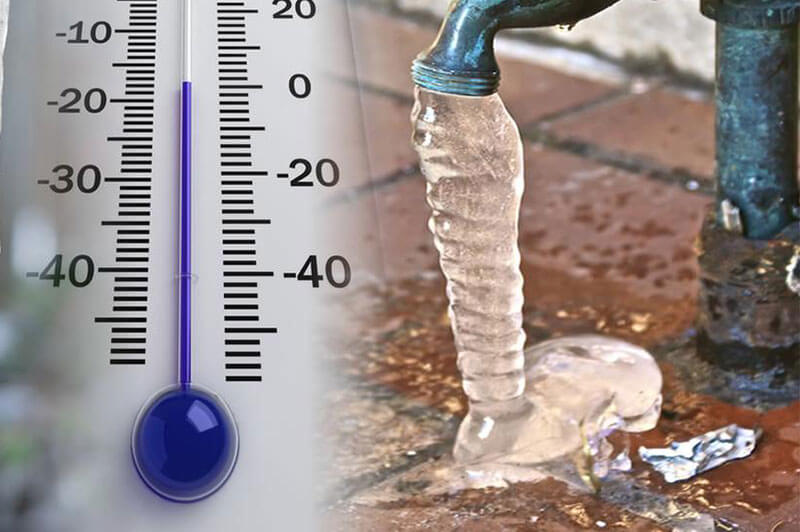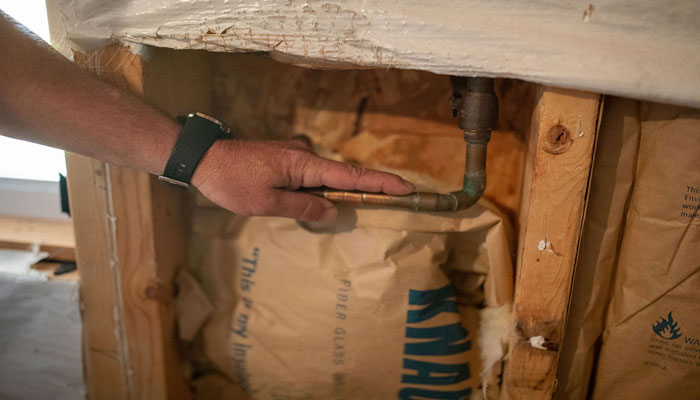Key Septic Tank Maintenance Guidance Every Homeowner Should Know
Key Septic Tank Maintenance Guidance Every Homeowner Should Know
Blog Article
We have discovered this great article relating to Do’s And Don’ts For Homeowners Managing With Water Damage listed below on the web and figured it made good sense to write about it with you over here.

What should you do if a pipes bursts in your residence? Do you desire a mini-waterfall and also flooding in a location of your home? If you find yourself in this scenario, you should act fast. The longer you wait, the a lot more extreme the damage that can occur to your home. The presence of mind is key in these events. For these factors, you require to discover exactly how to act in the event of a burst pipes. Due to the fact that time is of the essence, check out the adhering to suggestions below to aid you act quickly.
Shut down the Main Waterline Shutoff
The first thing to do? Shut the shut-off valve. Look for the neighborhood shut-off valve to turn off the water in one details location only. Go for the primary water line valve and also turn it off if you don't know where the local shut-off shutoff is. This step will certainly remove the water right away in your whole residence. Typically, the main shutoff is discovered outside the home alongside the water meter. If it's not there, you can likewise find it in 2 places: in the cellar at eye level or the first floor on the ground. Commonly, home builders placed the shut-off valve generally ground level washroom or right beside it.
Call Water Damage Reconstruction Pros for Help
After shutting the water source, call the experts for aid. With their specialist help, you can avoid much bigger water damages consisting of deformed baseboards, loose ceramic tiles, or damaged structures.
Paper the Damages For Insurance policy
While you're waiting for the pros to get here, get some paperwork of the damage caused by the wayward pipeline. Do close-up shots of the damaged prized possessions as well as spots.
Salvage Points That Can Be Conserved
Analyze the damaged things as well as take out the most essential ones from the stack as soon as you're done taking photos. Dry them off in a dry/warm place far from the broken area and attempt to protect them as long as you can. Drag as much moisture as you can to the product so it can begin to dry out.
Beginning the Drying Process
You need to begin the drying process as soon as possible. The good news is, the water from your waterlines is already tidy so you do not have to bother with drain water. The flowing water might have disrupted the dirt as well as debris in your floorboards and also carpets. In this instance, put some handwear covers on and begin some damage control. Usage containers to unload out the water. Blot out as much water as you can from the surface areas with old towels. Switch on an electrical follower or open your windows to advertise air blood circulation. These steps will certainly speed up to dry and also prevent mold and also mildew development.
Specialists are the only people qualified to analyze correctly as well as deal with the burs pipes as well as succeeding damage. They typically offer quiet red flags like bubbling paint, water spots.
What should you do if a water pipeline ruptureds in your house? For these factors, you require to learn exactly how to act in the occasion of a ruptured water pipeline. After closing the water source, call the experts for aid. With their expert help, you can stop a lot bigger water damage including deformed walls, loose ceramic tiles, or harmed frameworks. The good news is, the water from your waterlines is already clean so you don't have to fret concerning sewage system water.
How to Handle a Burst Pipe and Minimize Damage
Steps to Take Ahead of Time
If you own property in an area that experiences cold weather, you need to be aware of seasonal maintenance tasks that will help you protect your property as the weather changes each year. One of the most important steps is to winterize your pipes to ensure they won't freeze or burst when the temperature drops. This includes action items like insulating any exposed pipes, detaching garden hoses and covering outdoor faucets. If the weather gets cold enough, you may even consider leaving a faucet dripping or opening cabinet doors during the coldest parts of the day.
No matter how prepared you might be, accidents and emergencies still happen. You'd be wise to set up a savings account specifically for your property so you have a "rainy day" fund set aside for unexpected expenses. All homes—regardless of age, location or condition—will inevitably need some form of emergency repair.
Steps to Take for Frozen Pipes
A frozen pipe will not necessarily burst, so if you can catch a frozen pipe early on, you could save yourself a major headache. When your area experiences frigid temperatures, be sure to check your plumbing and keep an eye out for warning signs like faucets only releasing small amounts of water or toilets not refilling when flushed. If you do run into one of these issues, you're likely dealing with a frozen pipe.
If this happens, your first step should be to cut off the water supply to that section of the plumbing. Expanding and freezing water can quickly cause damage. Even if the water supply is shut off, you will likely still deal with some leaking from the water that defrosts after the pipe has thawed. Be prepared with a mop, bucket and/or towels to quickly soak up any excess water.
In order to thaw a frozen pipe, you can use a space heater, infrared or incandescent heat lamp, or even a hairdryer to warm up the frozen area. Heat tape is also an option and should be used according to manufacturer instructions. Do not use any sort of open flame to thaw frozen pipes, as it poses a major fire hazard and can damage your pipes further.
Steps to Take for a Burst Pipe
Water damage claims are the second most common insurance claim in the U.S. When you're dealing with a frozen pipe, the water continues to expand as it freezes, which creates pressure that can cause a pipe to burst. When this happens, the crack or leak in the pipe allows water flow from the pipe to enter your home where it shouldn't. If a pipe does burst, you need to act quickly to mitigate property damage and repair cost.
Your very first step should be to shut off your main water supply to minimize flooding—typically the most expensive damage to address. Once you've shut off the water supply, make sure you identify the entire area that has been impacted by the leak. Remove as much water as possible—as quickly as possible—using a mop, sponges, towels or a shop vacuum or wet/dry vacuum. To prevent long-term damage due to moisture build-up, run a dehumidifier or fan in the affected area. Contact a licensed plumber to ensure the pipe is correctly repaired before running any water to that section of the home again. Burst pipes and the associated water damage are something you absolutely want to avoid as a property owner. If you've had to learn your lesson the hard way, don't let yourself get caught in a similar situation during the next spell of cold weather. The best way to deal with frozen or burst pipes is to prevent them in the first place—proactive winter maintenance will save you time, money and a whole lot of stress.

We had been made aware of that write-up about Do’s And Don’ts For Homeowners Managing With Water Damage through someone on another domain. Are you aware of another person who is looking into Rules For Handling Water Damage? Be sure share it. We enjoy reading our article about Quick Tips To Help Deal With Water Damage.
Report this page